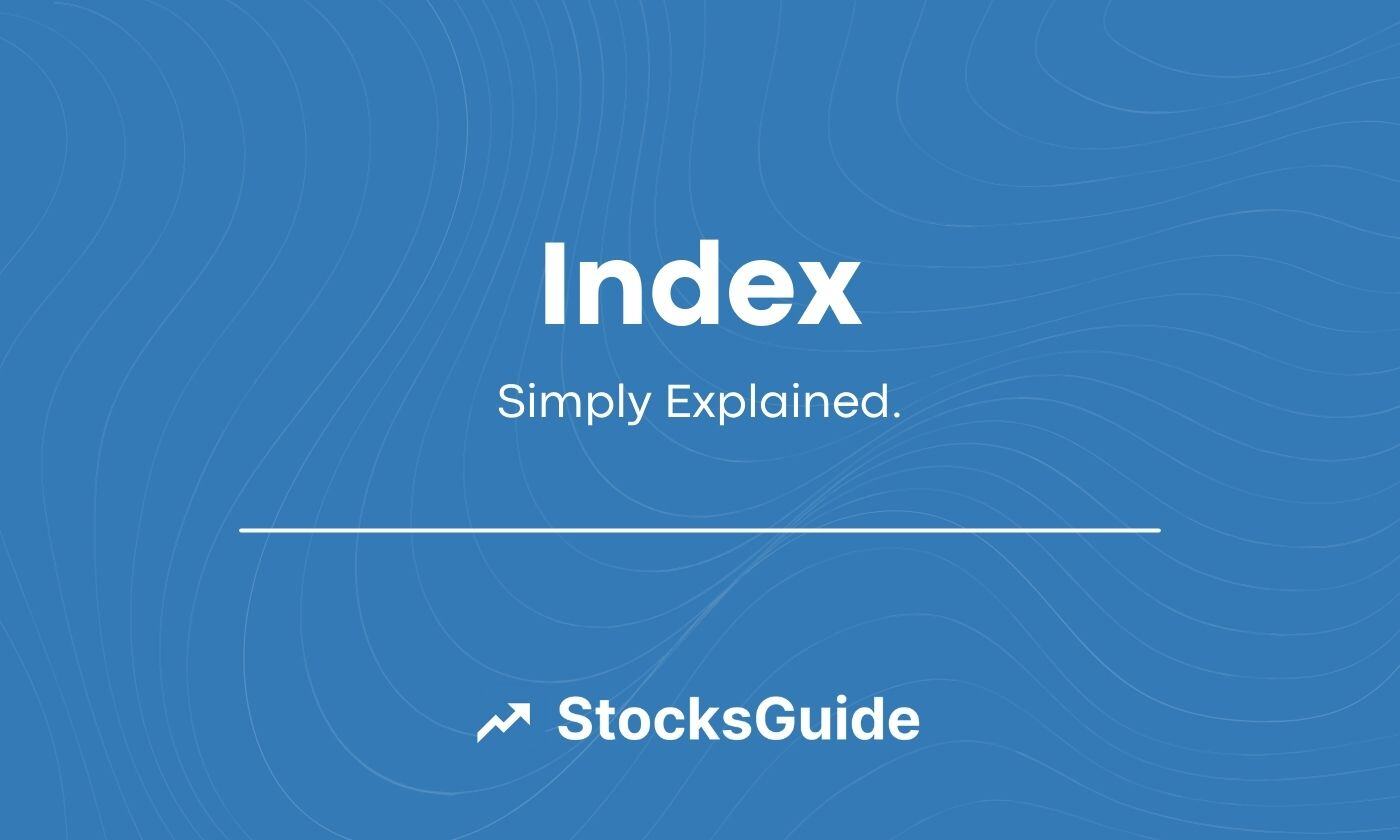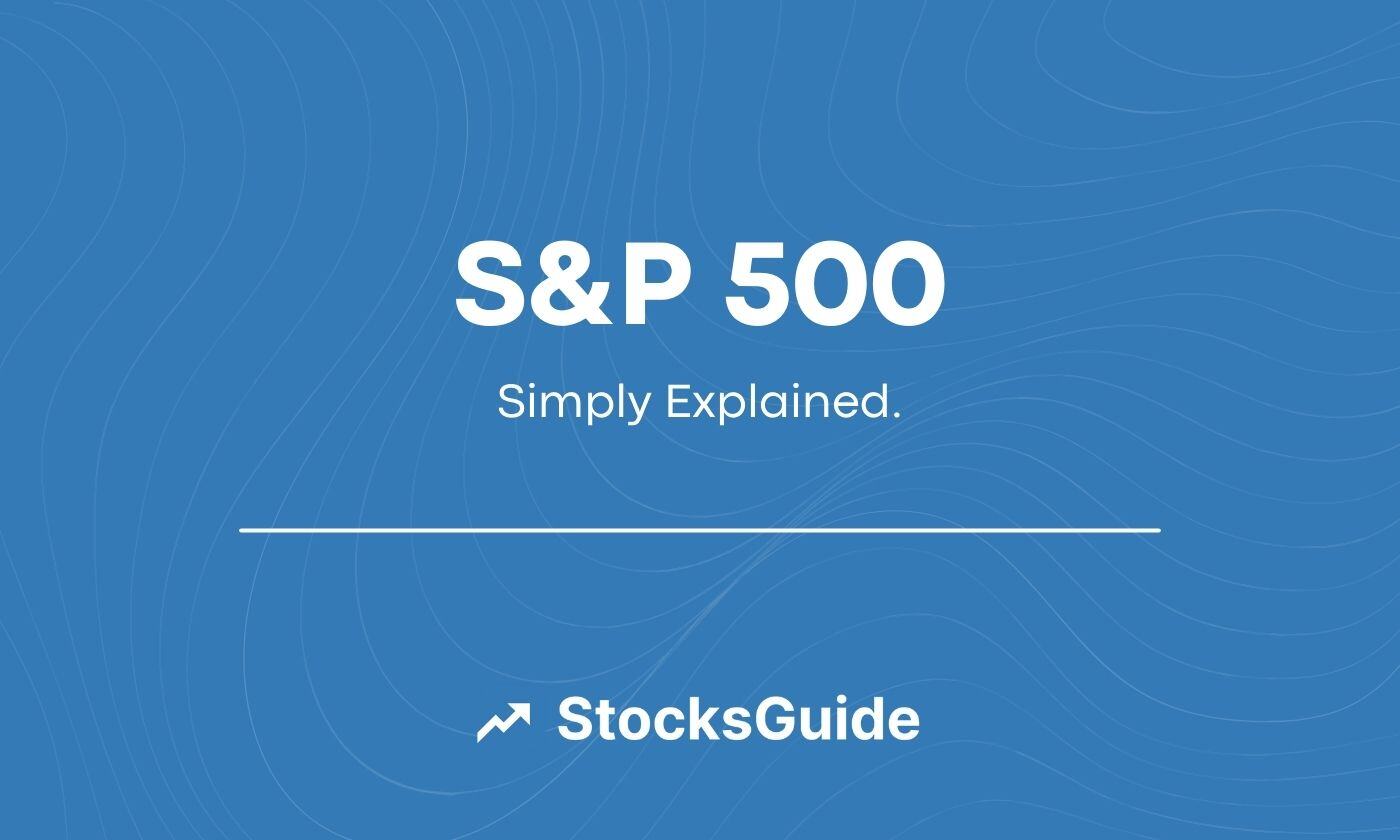Table of contents
What are ETFs?
Exchange Traded Funds (ETFs) have become an increasingly popular investment option for institutional and private investors in recent years. An ETF is a type of investment fund that trades like a stock on the stock exchange, but is designed to track the performance of a specific asset or group of assets, such as a stock index, bond index or commodity. ETFs offer investors the opportunity to invest in a diversified portfolio of assets at a lower cost than traditional mutual funds.
What are the advantages of ETFs?
One of the advantages of ETFs is their flexibility. Unlike mutual funds, ETFs can be traded like stocks throughout the trading day. This allows investors to buy or sell ETFs at any time during trading hours, which can be particularly beneficial when implementing a trading strategy or managing a portfolio. In addition, ETFs are often more tax-efficient than traditional investment funds, which can result in tax savings for investors.
Another advantage of ETFs is their diversification. Many ETFs are designed to follow an index, which means they hold a diversified portfolio of securities that matches the underlying index. This can help to reduce risk and volatility, as investors are not dependent on the performance of a single security.
ETFs also tend to be more transparent than traditional mutual funds. ETFs publish their holdings daily, so investors can see exactly what assets the fund holds. This transparency can be particularly useful for investors who want to follow a specific investment strategy or avoid certain securities.
ETF and the costs
In terms of costs, ETFs are generally cheaper than traditional investment funds. ETFs are usually passively managed, which means they don't require the same level of active management as mutual funds. This can result in lower management costs and expense ratios, which can translate into higher returns for investors over the long term.
The final withholding tax of 25 percent plus solidarity surcharge - i.e. 26.38 percent - is levied on capital gains, dividends and interest from ETFs. In addition, investors pay withholding tax on ETFs that invest in other countries. This also applies to ETFs that invest globally. The withholding tax paid abroad can be reclaimed from the tax office via the tax return.
Summary of ETFs and conclusion
Overall, ETFs offer a number of advantages for investors looking to build a diversified portfolio with lower costs and greater flexibility. While ETFs are a suitable vehicle for investing in the stock market, investing in individual shares allows you to better decide for yourself which shares you want to invest in. This makes it possible to achieve an excess return compared to an ETF. The aktien.guide helps you to invest successfully in shares.




